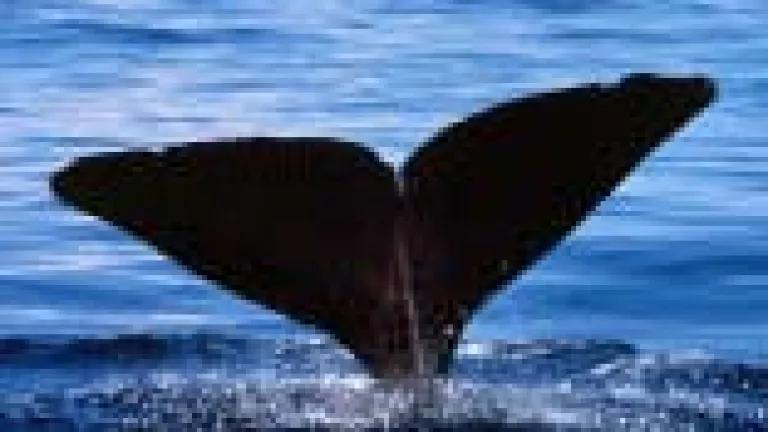
Sperm whales have long had a particular attachment to the underwater canyons that extend into the Gulf of Mexico south of the Mississippi Delta. The waters there are both deep and nutrient-rich, and for the Gulf’s small sperm whale population they constitute a sort of nursery, inhabited by groups of breeding females and calves and immature males. Yankee whalers liked to hunt this area more than a hundred years ago, and in 2002, when biologists sought out the Gulf’s sperm whales as part of a government-industry study, this is where they came.
Now much of that whale nursery is occupied by the massive oil slick that is spreading across the Gulf.
As with all other sea life, marine mammals and oil do not mix well. The most immediate harm as the slick approaches shore may be from oiling and inhaling toxic fumes, which can cause brain lesions, disorientation, and death. Some 300 harbor seals are thought to have died from inhalation alone during the Exxon Valdez disaster. In the Gulf, the most vulnerable animals may be bottlenose dolphins, whose dozens of tiny populations fill the bays, passes, and channels along the northern shore. Some of these dolphin stocks have only a few dozen members, and under the right conditions, the incoming slick could devastate them.

But that of course is only the beginning. Once oil gets into the sediment along the beaches, it will work up the food chain through zooplankton, invertebrates, and fish. In Prince William Sound – ground zero for the Exxon Valdez spill – chronic oil exposure has been worst among species like sea otters that feed on bottom-dwelling invertebrates and along the shore. In the Gulf, it is again perhaps those small populations of coastal bottlenose dolphins that stand at greatest risk.
And what of the sperm whale mothers and calves off the Mississippi Delta? They’re already suffering the loss of a substantial part of their habitat due to the enormous size of the spill, and, like virtually everything else that lives in the area, they’ll go on consuming contaminated prey long after the oil is dispersed. And this is on top of the booming of the industry’s exploratory airguns, which may seriously be impacting their ability to feed.
Marine mammals, sea birds, fish and fisheries – not to mention the loss of human life. It seems to take a catastrophe every twenty years or so to remind people of the incalculable risks of offshore oil.
Photos courtesy of National Oceanic and Atmospheric Administration/Department of Commerce.
